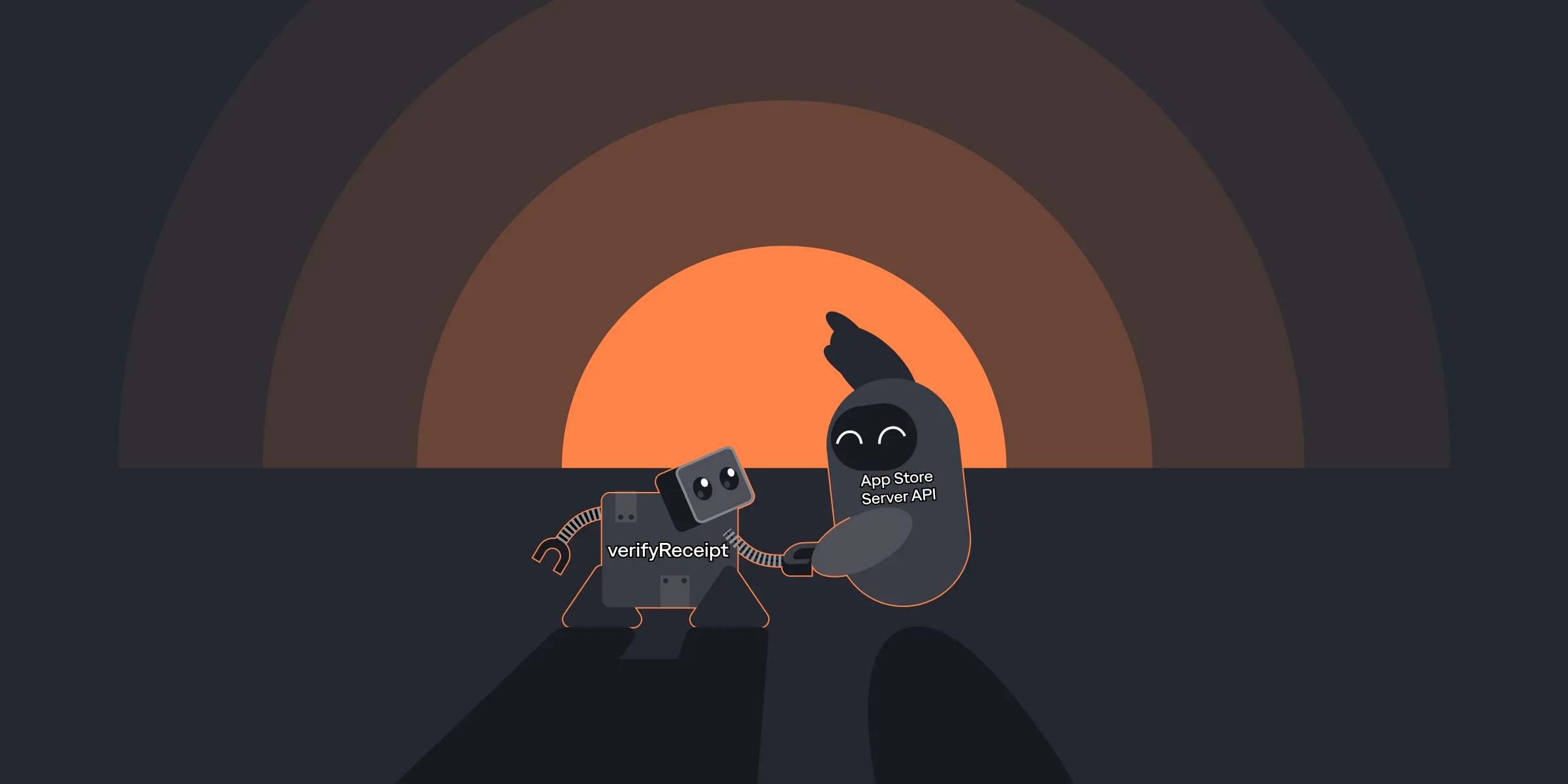Google UAC: How to Set Up Google App Campaigns
Google UAC: How to Set Up Google App Campaigns

Julia

Julia
Mar 24, 2022
Mar 24, 2022
If you’re an app advertiser looking to stand out and reach new users, Google App Campaigns provide you with a great opportunity to do so. Google App Machine Learning technologies find the right users and tailor your message. And the campaign also automatically tests different creative assets and channel combinations to serve the best ads to each user in each platform.
We will tell you what you need to do to launch a successful Google App Campaign. You’ll learn what they are and why you need them, how to set them up to get maximum results and how to optimize campaigns so that they bring even more value.
If you’re an app advertiser looking to stand out and reach new users, Google App Campaigns provide you with a great opportunity to do so. Google App Machine Learning technologies find the right users and tailor your message. And the campaign also automatically tests different creative assets and channel combinations to serve the best ads to each user in each platform.
We will tell you what you need to do to launch a successful Google App Campaign. You’ll learn what they are and why you need them, how to set them up to get maximum results and how to optimize campaigns so that they bring even more value.














